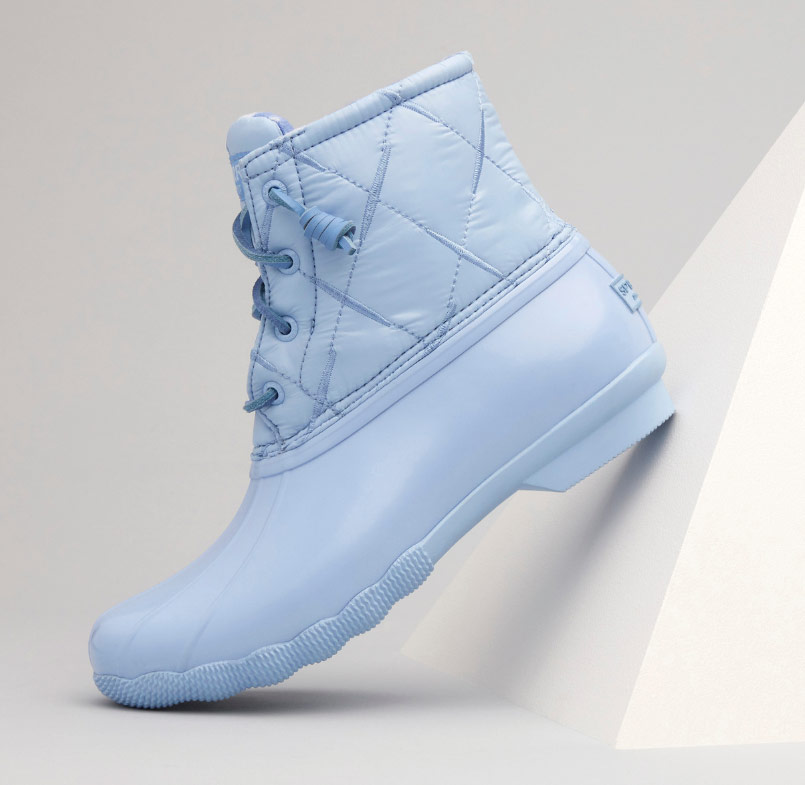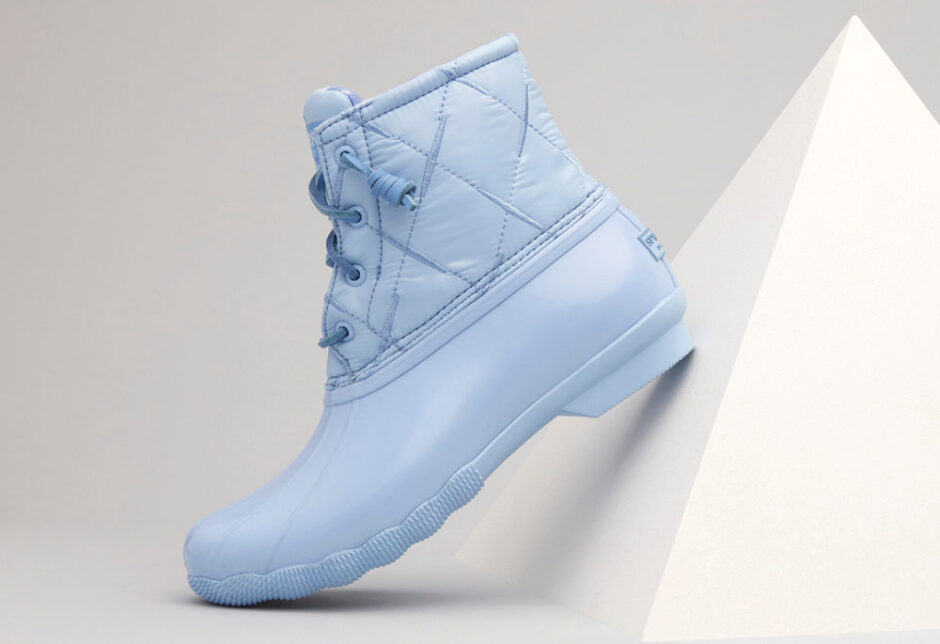 Late last year, Wolverine Worldwide execs did a little sole searching, asking themselves if their stable of brands are designing what consumers really want, or is it more like guesswork? The consensus leaned toward the latter, and that’s why the team decided to up their odds on hitting on the right colors, materials and silhouettes from the get-go by turning to Heuritech, a Parisian company that uses AI to track fashion trends on Instagram (and soon TikTok).
Late last year, Wolverine Worldwide execs did a little sole searching, asking themselves if their stable of brands are designing what consumers really want, or is it more like guesswork? The consensus leaned toward the latter, and that’s why the team decided to up their odds on hitting on the right colors, materials and silhouettes from the get-go by turning to Heuritech, a Parisian company that uses AI to track fashion trends on Instagram (and soon TikTok).
Little did the execs know how spot-on the AI-driven social prospecting would be right away. With support from Heuritech’s predictive analytics, Sperry designed a “windsurfer blue” Saltwater Duck Boot for Holiday 2020 based on consumer intelligence pulled from social media trends and influencers, as well as a period of customer voting. The result: 100-percent sell-through in 10 days and an increase of 70.69 percent in new consumers shopping with the brand. Not a bad ROI for introducing the style in a new colorway.
“We see Hueritech as an important contributor to an emerging set of social listening tools in our digitally driven go-to-market toolbox,” says Barry McGeough, global vice president of Innovation for Wolverine Worldwide. “Like Stylumia, who uses POS data to predict inventory positioning and buy behavior, or Trendalytics, who scrapes the web millions of times to get consumer macro trend data, these tools and those that continue to emerge will help build the nimble consumer-centric supply chains of our post-pandemic marketplaces.”
The entire footwear process—from product development to purchasing—is evolving at a rapid pace at Wolverine Worldwide. And the use of AI and social listening tools will increasingly be a driving force behind that evolution. “These tools allow us to listen directly to the consumer, gaining better insights on intent, preferences and excitement,” McGeough explains. “These critical insights allow us to use AI-driven search to intelligently design products with greater statistical confidence.”
As to whether certain brands in the portfolio might be better suited for AI feedback, McGeough says that before the pandemic the assumption was it would be trend-driven lifestyle brands. But, like with a lot of things since the dawn of Covid-19, that sentiment has changed. “We’ve worked closely with Hueritech to create new search taxonomy that best serves all our brands, from work to outdoor to lifestyle, and intend for this to be of portfolio-wide tool,” he says. “As we look to best engage our consumers, developing a more rapid go-to-market cadence is vital to ensure we constantly surprise and delight them with fresh, innovative products.”
Then there’s the substantial cost savings AI brings to the equation. McGeough says designing products with greater statistical confidence provides two significant financial benefits: dramatically improved sell-through and the ability to manage the long tail. “Going forward, what we don’t design may be as financially important as what we do design,” he says, adding that it helps the bottom line of retailers as well. “Building product consumers really want will be of tremendous benefit to our retail partners in terms of greater consumer engagement and conversion on their sites and in their stores as consumers get to the buy-now button more swiftly.”




